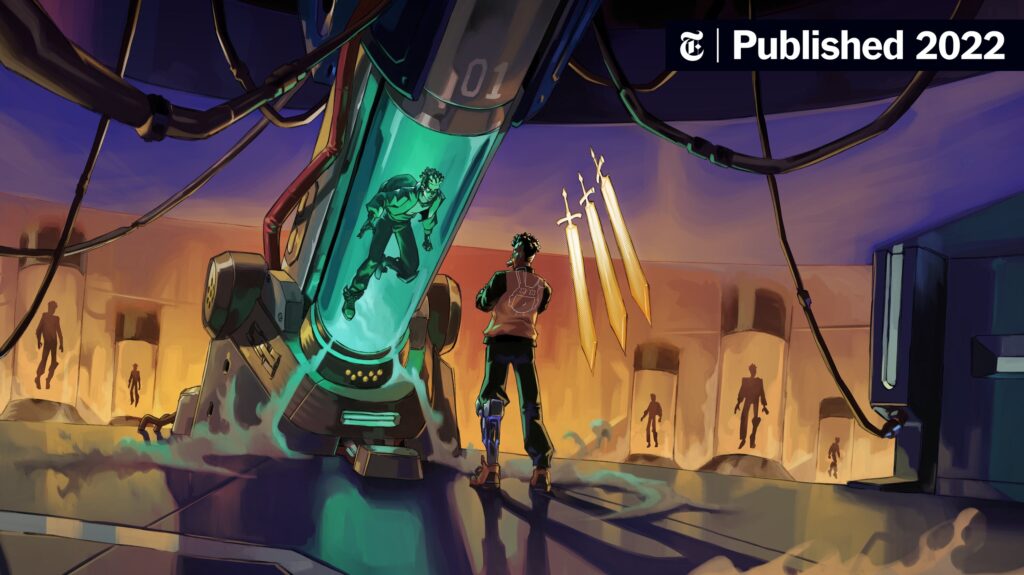Video games require a captivating visual appeal that comes from art and animation techniques. Game developers find inspiration from various sources to create virtual worlds. The process of creating a world in video games involves concept art to depict and communicate the game’s atmosphere and tone, collaborative character design, environment design that mould 3D worlds in minute detail using software, hand-drawn and digital animations, and user interface design. The objective is to create an immersive gaming experience by bringing together every aspect of the virtual world through meticulous and detail-oriented art and animation processes.
Creating a World: The Art and Animation of Video Games
Video games are not solely about the gameplay. They also require a certain level of visual appeal to captivate the audience. This is where the art and animation come into play. Game developers take inspiration from everything from comic books to movies to create virtual worlds. In this article, we’ll discuss the process of creating a world in video games by looking at the art and animation involved.
The Concept Art
Everything in a video game starts with a concept. Concept art is the initial stage of game development where artists sketch out different ideas for the game’s world. The concept art helps game designers visualize their ideas and communicate them with others on the development team. It’s important that concept art depicts the atmosphere and tone of the game in a visually appealing way. This is why concept art is often presented in a cinematic style, giving the audience a glimpse of what the final game will look like.
The Character Design
Characters are a crucial aspect of video games, and a good character design can make all the difference. The character design process starts with sketches, followed by digital renderings. The character design is a collaborative process between artists and game designers. Artists create the character’s look and feel, while designers work on the character’s abilities and story.
The Environment Design
The environment design is another crucial aspect of creating a virtual world. This includes everything from the game’s landscapes and architecture to lighting and shadows. The environment design process involves creating a 3D world from the concept art. Artists use software like Maya or 3D Studio Max to mold virtual worlds in minute detail.
The Animation
Animations bring video game characters and environments to life. Animations are created using a combination of hand-drawn and digital techniques. The process of animation can be painstaking, with animators creating every movement frame by frame. This level of detail is necessary to truly immerse players in the game’s world.
The User Interface Design
While the user interface design may seem like an afterthought, it’s an integral part of the game development process. Essentially, the user interface design is responsible for how players interact with the game. This includes menus, HUDs, and tutorial screens. A good user interface design is one that is easy to navigate but also aesthetically pleasing. It’s important that the interface does not detract from the game world’s overall visual appeal.
Conclusion
Video game development is not an easy process, but the end result is worth it. Creating a virtual world that is visually stunning and immersive is the ultimate goal of game designers and artists. The art and animation process involved in creating these worlds must be meticulous and detail-oriented. When every aspect of the virtual world comes together, the result is an unforgettable gaming experience.
